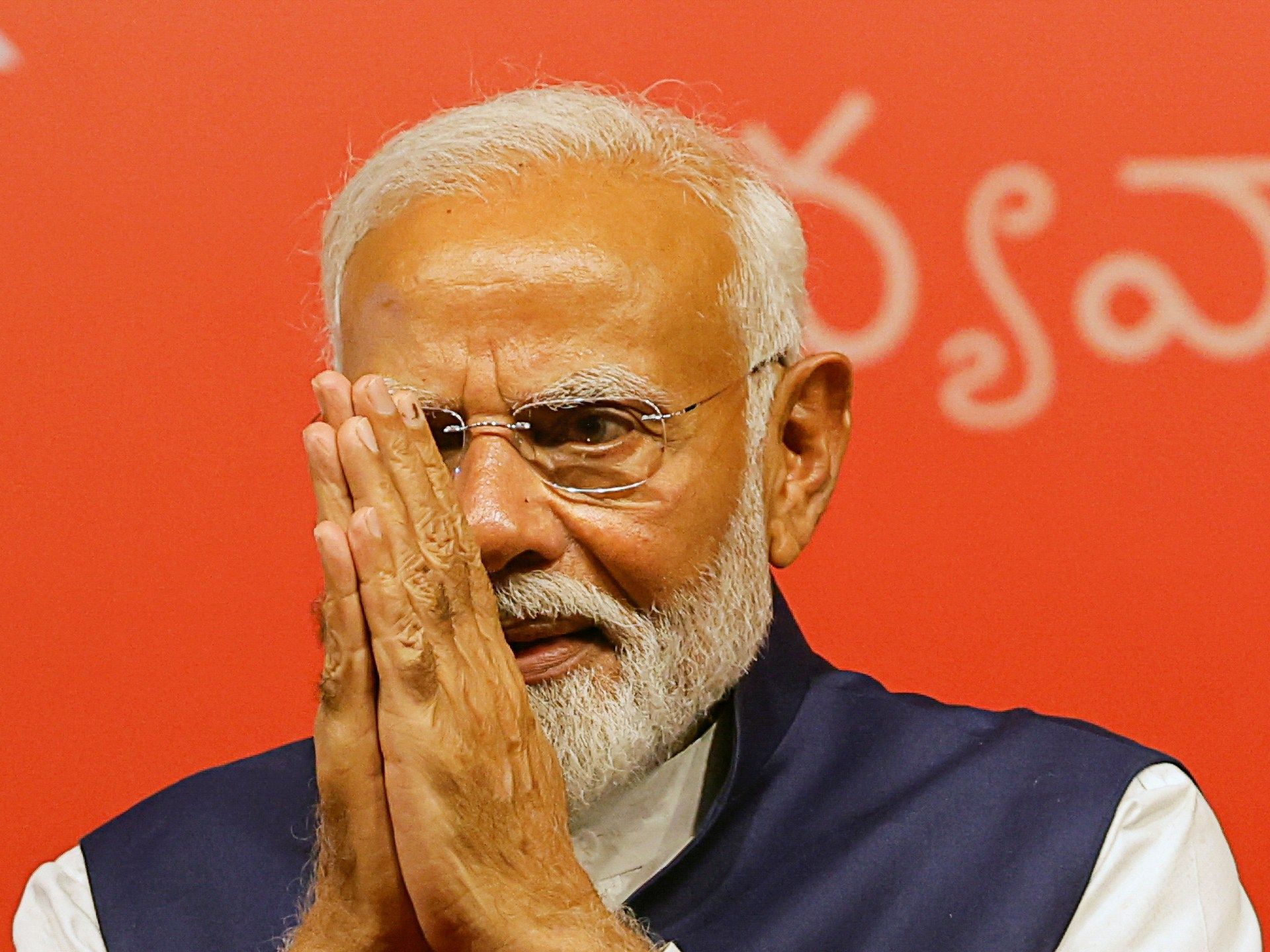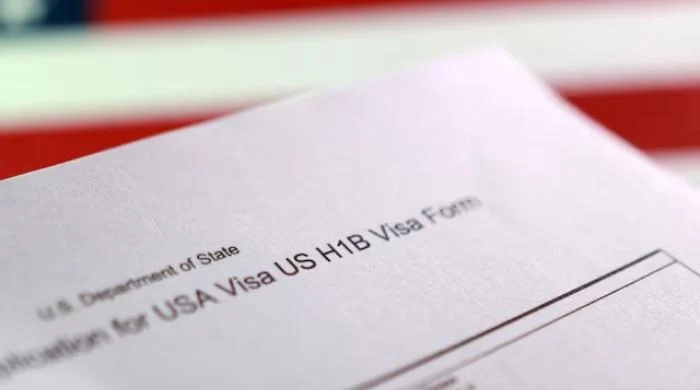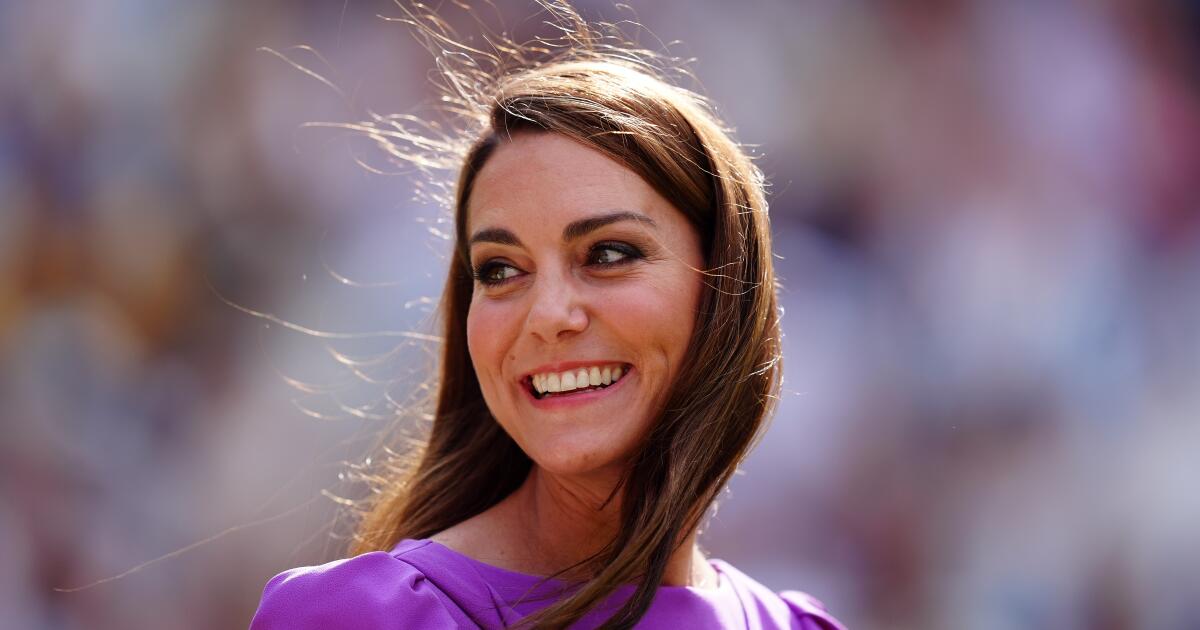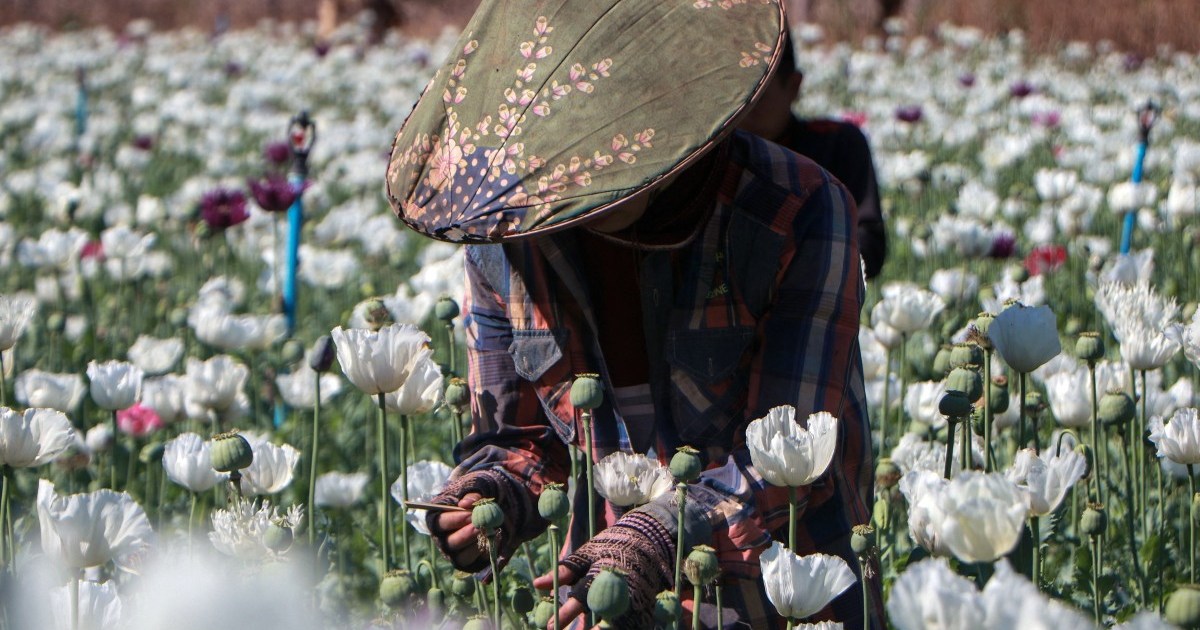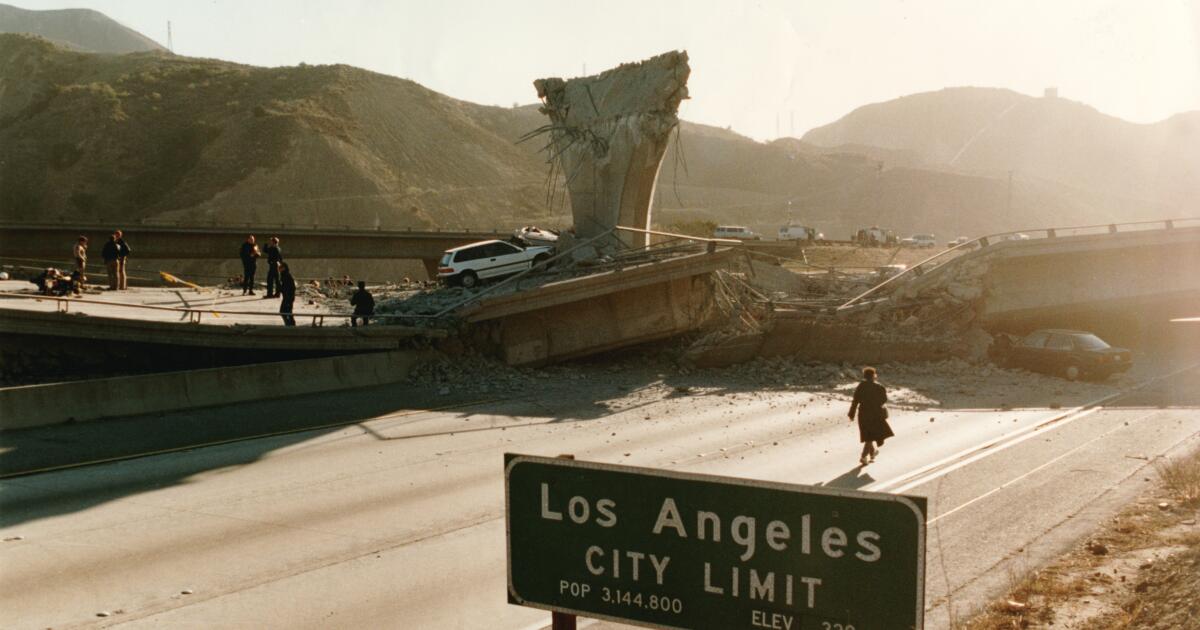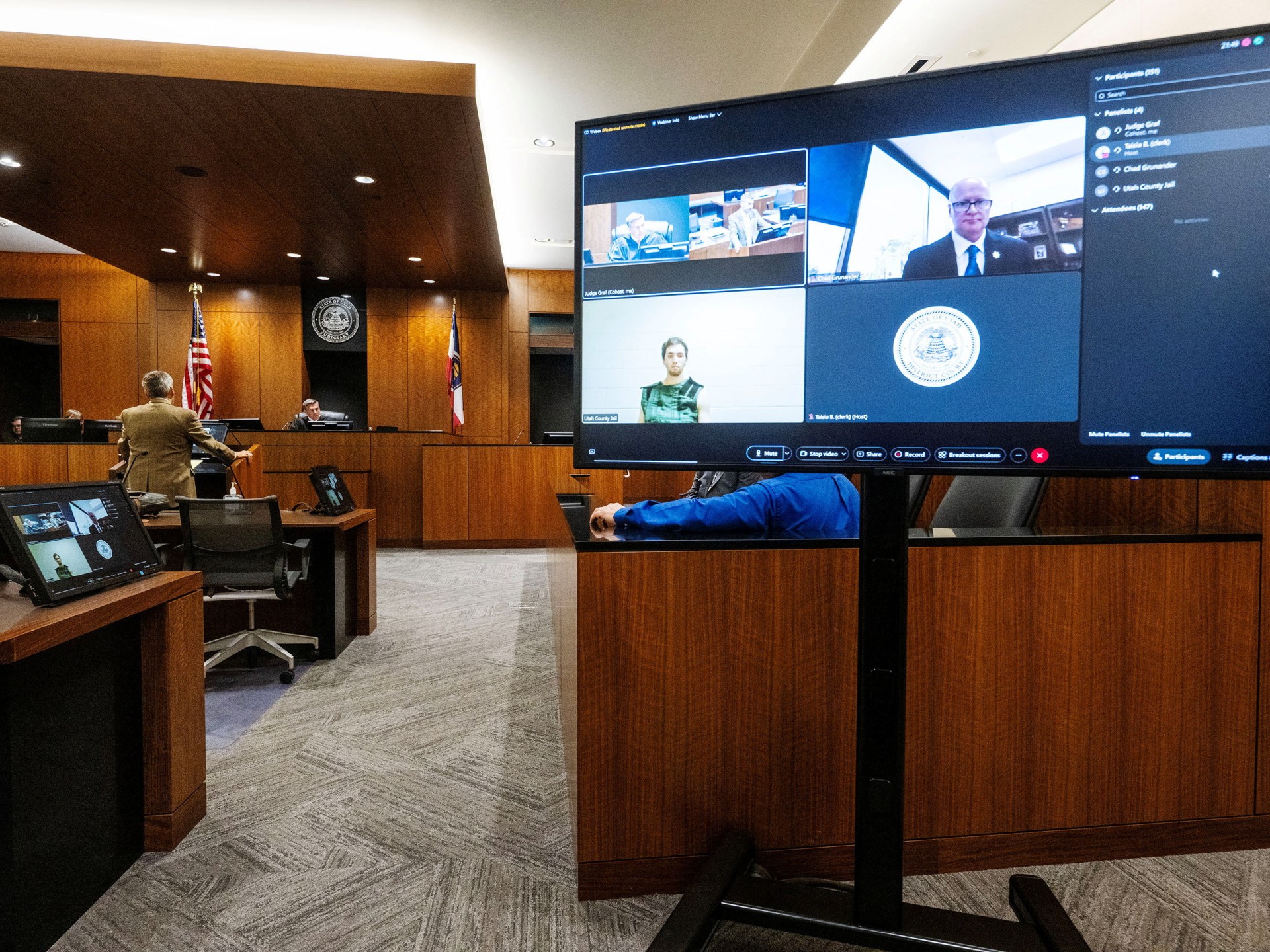New Delhi, India – For a decade, Prime Minister Narendra Modi and his Bharatiya Janata Party (BJP) have insisted that they represent a “new India,” free of the nepotism often associated with the family parties that dominate the opposition, and the corruption that tainted the previous. governments.
On Wednesday, the world's largest democracy woke up to a different “new India”, in which the BJP had lost the commanding majority with which it had led the country for the last decade, sparking a political fight to form the next government of the nation.
Leaders of both the BJP-led National Democratic Alliance (NDA) and the opposition INDIA alliance rushed to New Delhi, as they met separately to plot next steps in a political drama that no exit poll had predicted after India's seven-phase elections concluded on June 1.
Defying projections of a landslide victory for the BJP and NDA after the final round of voting on June 1 in India's mammoth elections, the INDIA alliance managed to win 232 seats in the elections to the Lok Sabha, the lower house of the Parliament of India. The BJP still emerged as India's largest party, with 240 seats, but that number is well short of the 272 needed for a majority.
On Wednesday, the BJP's biggest allies in the NDA, including the Telugu Desam Party (TDP) in the southern state of Andhra Pradesh and the Janata Dal (United), also known as the JD(U), in the state of Bihar, joined forces. They pledged support for the BJP and Modi. Modi was “unanimously elected NDA leader” at the NDA meeting, the BJP said in a statement on Day X. The NDA as a whole won 293 seats, 21 more than the majority mark.
However, a central question looms over political discussions over forming the next government, analysts and political experts said: Can Prime Minister Modi govern a government that depends on other parties, something he has never done before?
“This is an unknown,” said Neelanjan Sircar, a political scientist at the Center for Political Research (CPR) in New Delhi. “Modi has only worked as a leader with absolutely centralized power.”
“The 'Modi phenomenon' is based on a particular form of governance. That he has to compromise with allies is not a Modi we know nor a Modi he has sold out,” Sircar added.
A new challenge
Speaking to party supporters at the BJP headquarters on Tuesday evening, Modi credited Nitish Kumar, the JD(U) leader, for leading the ruling alliance to big victories in Bihar. However, the two politicians have long navigated a love-hate relationship, with frequent breakups and patches. The JD(U) won 12 seats.
Like the JD(U), the TDP has also flirted with both the BJP and the opposition Congress at different times. Unlike the BJP, both the JD(U) and the TDP also flaunt their secular credentials, enjoy the support of Muslim voters and stay away from the BJP's Hindu majoritarian politics. The TDP has won 16 seats.
Meanwhile, analysts point out that the BJP has managed to present Modi as a strong and decisive leader, who does not let politics get in the way of key policies. However, that has been possible because Modi has never had to govern without a clear majority.
He first came to national prominence when he became chief minister of the state of Gujarat in 2001, where he ruled for 13 years before becoming chief minister. In Gujarat and nationally, Modi has always had a brute majority.
Until now.
With the election result, “Brand Modi” has suffered a setback, said Rasheed Kidwai, a political analyst. But the results have also made “alliance politics a compulsion for Modi,” he said, returning India to the pre-2014 era, when coalition governments were the norm.
“This will be difficult for Modi because allies have certain expectations, including important positions,” Kidwai said, adding that Modi's negotiating skills would now be tested under a coalition government.
Those expectations, he said, could include demands from allies for the post of parliament speaker. Although the president has primarily a ceremonial role, he becomes critical if members of parliament seek to break up a party. The speaker decides on the legality of such efforts. The BJP has been accused by its critics of dividing both its allies (such as the Shiv Sena) and its opponents (such as the Nationalist Congress Party). Both parties are important players in the state of Maharashtra.
The allies will also seek key Cabinet posts, analysts said. “The game will be to keep allies happy and give up ministerial positions; however, ministers don't mean much in this government, as we have seen,” said the CPR's Sircar.
However, Modi will have to accommodate enough demands if he wants to maintain a ruling coalition, said Nilanjan Mukhopadhyay, Modi's biographer.
“There is no other option for Modi: if he wants to behave as he has done for the last 10 years, he will have to leave office,” Mukhopadhyay said. “Modi will have to develop a personality that is humble and open to working with others, a side of him that we have never seen.”
Also within the BJP, Modi and Amit Shah, his confidant and India's home minister, could face questions about centralized control of power, Kidwai said.
“Internal fissures will become triggers now; it is no longer the same India as it was before June 4,” Kidwai said. “This will fundamentally change contemporary politics.”
A coalition past
To be sure, the BJP has a long history of running coalition governments. In the 1990s, it was the Congress Party, which had dominated Indian politics until then, that had little experience in working with other partners.
In contrast, the BJP successfully led a coalition government under Prime Minister Atal Bihari Vajpayee from 1998 to 2004.
“Vajpayee understood the limitations of his own party and was a smart politician,” said AS Dulat, who served as head of the research and analysis wing of India's external intelligence agency, during the Vajpayee government. “He never stopped belonging to the RSS and yet he could accommodate everyone in the government. That is his greatness.” The RSS or Rashtriya Swayamsevak Sangh is the far-right ideological mentor of the BJP, under whose tutelage Vajpayee, Modi and many senior party leaders grew up.
Sircar agreed. “Modi and Vajpayee are completely different,” he said. “Modi has only known how to keep everyone else out of power, from Gujarat to the prime minister's office in Delhi.”
Vajpayee also did not project a grandiose image of himself, Kidwai noted. “But Modi is a prisoner of his own image. Any adaptation of additional voices will be a challenging task,” he stated.
In a defining image of Modi's early political life, he stood alongside Vajpayee, then prime minister, visiting relief camps in Gujarat, then headed by Modi, following anti-Muslim riots that killed more than a thousand people. In response to a journalist, Vajpayee advised that Modi should “follow his rajdharma (duty of the ruler),” and explained it thus: “For someone in a position of power, it means not discriminating between the upper and lower classes of society or between people of any religion.”
A smiling Modi at his side chimed in, saying, “That's what we are doing, sahib.”
More than two decades later, analysts said, Modi may need to draw on Vajpayee's lessons to successfully lead a government for a third term.
“Today he is a very diminished person,” Mukhopadhyay said of Modi. “Now that that shine is gone, we will see what remains of a leader within Modi.”

